In a few short days, our country will vote for our next president. Or, rather, the electoral college will decide our next president. The electoral college is the system used every four years in the United States to decide our president. Every other election, such as ones held for governors, senators, and representatives, are determined by popular vote, or the candidate who gets the most votes.
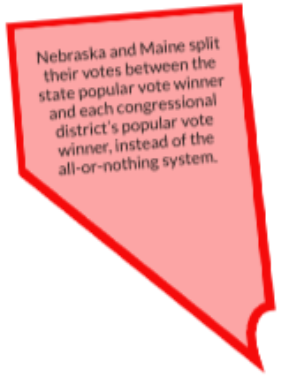
The United States uses the electoral college because delegates during the Constitutional Convention in 1787 could not decide if the president should be selected by Congress or by a popular vote.
To remedy this issue, our Founding Fathers decided that the president would be selected by a compromise: electors.
Electors are chosen by each state, and the qualifications also vary by state. Electors are also chosen by their party, and are legally bound to the Democratic or Republican party members.
After the electors cast their vote for the correlating candidate for their party, it goes into a statewide tally, and the candidate that wins receives all the electoral votes for that state. The presidential candidate who reaches 270 (over half) of the electoral votes wins the election.
Back in 1787, however, tensions were brewing between the northern and southern states. During this time, the north and south had very similar populations, but the south’s population was made up of one-third enslaved people.
When determining the amount of electors a state should receive, Congress enacted the “three-fifths compromise,” in which three-fifths of the enslaved Black population would be counted toward deciding representatives and electors and calculating federal taxes.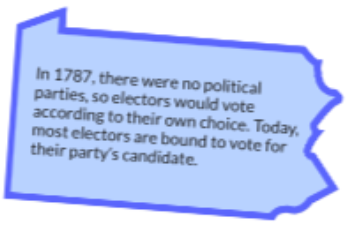
In the present day, the number of electors in any state is equal to the number of U.S. senators and representatives that the state has in Congress. For example, Ohio has two senators and 15 representatives, for a total of 17 electoral votes.
The structure of the electoral college allows for the proliferation of “swing states.” Every time election year rolls around, news stations and political reporters focus on the importance that each candidate wins “swing states” or states that could poll either republican or democratic, creating an all-out campaigning showdown to see who can win the coveted electoral votes, that year, win elections and determine the president.
Swing states are extremely important to presidential candidates, and for good reason.
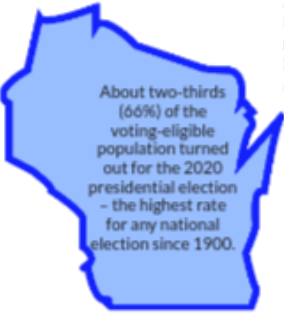
In the upcoming elections, politicians will look to the states, like Pennsylvania, that switched the party of the candidate they voted for from the 2016 election to the 2020 election.
Swing states have changed throughout the years: for example, in the year 2000, Florida and New Hampshire determined the outcome of the election and in 1960, Illinois and Texas were pivotal.
However, the swing states for the 2024 election are projected to be Arizona, Nevada, Georgia, Michigan, North Carolina, Wisconsin, and Pennsylvania. With 90 total electoral votes between them, each state could literally “swing” either way.
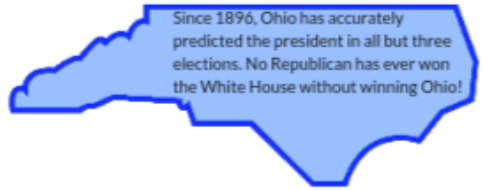
This election, political analysts from top news sources like the Washington Post and Politico agree that the most important battleground state will undoubtedly be Pennsylvania.
Out of the seven key swing states, not only does Pennsylvania have the most electoral votes but it also was considered the “tipping point” of the 2020 election, securing current President Joe Biden’s victory.
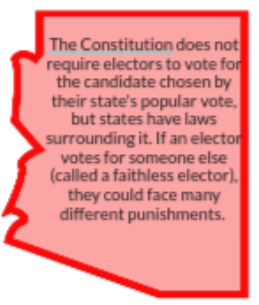
Swing states change the party they give their votes to for a myriad of reasons. Shifting demographics, ideals and campaign strategies can all play a key part in flipping swing state voters.
For example, in Georgia, representative Stacey Abrams founded the organization Fair Fight Action, a voter registration initiative, which helped to produce a record turnout of Black voters and flip the red state to blue in 2020. Another plausible factor is that issues voters care most about have changed from economic to increasingly social in the last few decades.
This election will decide our country’s future, and so will the way swing states vote. Though we can never completely predict what way the polls will go this November, understanding the systems and structures of how we determine who leads America can only serve to create a generation that is better informed, more enthusiastic about voting, and empowered to make decisions that benefit the future.










